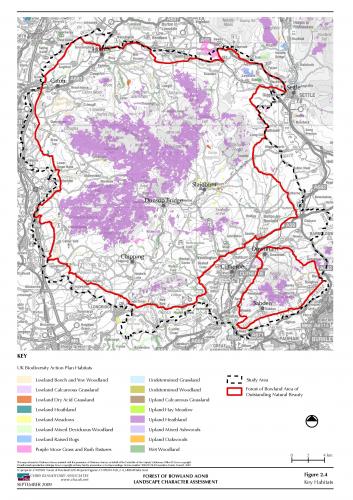- Blanket Blog
- Upland Heath
- Upland Oak and Mixed Ash Woodlands
- Coniferous Plantations
- Herb Rich Grasslands
- Rushy Pastures
- Rivers and Water Bodies
- Nature Conservation Designations & Key Habitats
Blanket Bog - a Bowland Speciality
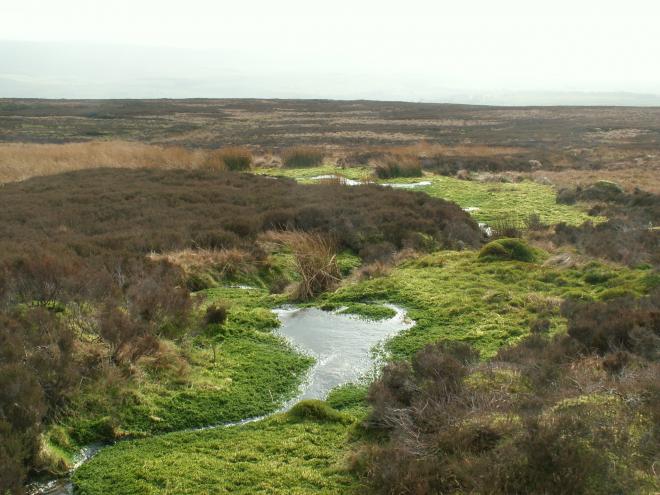 Beautiful, wet and boggy - blanket bog is confined to cool, wet climates, so it should be no surprise to learn that the UK is one of the best places in the world to find this type of habitat. The formation of peat is a response to the very slow rate at which plant material (mostly sphagnum mosses) decomposes under conditions of water logging. However, it can form on quite steep slopes and effectively cloak whole landscapes.
Beautiful, wet and boggy - blanket bog is confined to cool, wet climates, so it should be no surprise to learn that the UK is one of the best places in the world to find this type of habitat. The formation of peat is a response to the very slow rate at which plant material (mostly sphagnum mosses) decomposes under conditions of water logging. However, it can form on quite steep slopes and effectively cloak whole landscapes.
Blanket bog is by far the most extensive semi-natural habitat to be found in this country, with a total of approximately 1.5 million hectares, the majority of which is found in Scotland. England has approximately 215,000 ha of blanket bog, though much of it especially in the southern areas has been damaged by a combination of pollution, grazing, draining and burning.
Most blanket bogs began to form somewhere around 5000 to 6000 years ago and have been linked to the clearance of the original forest cover by early man, though this hasn’t been proved.
The Forest of Bowland lays claim to some of the best blanket bog in England, all 4,000 hectares of it, which supports a range of scarce and unusual plant and animal species. Perhaps one of the rarest is bog rosemary, which can be found in abundance in some areas of the Bowland fells. This wild plant, though less aromatic than its cultivated cousins, has beautiful pinky-white bell-shaped flowers, which can be seen in April and May.
Other special plants include the cloudberry (a relative of the wild rose), cranberry, round-leaved sundew and, of course, the wide range of sphagnum mosses that eventually create the peat.
A colony of the rare large heath butterfly occurs on an area of blanket bog within the northern most part of Bowland. This is present here at one of only two places in Lancashire.
Birds such as the ever-present meadow pipit, golden plover, dunlin, curlew, short-eared owl, and grouse can be found utilising this habitat throughout the spring and early summer.
The Bowland Fells also support large breeding colonies of lesser black backed gulls, amounting to about 10% of the British population and 3% of the European population. The birds are spread equally between two areas on the fells. One part of the colony is spread across Mallowdale and Tarnbrook Fells, whilst the other occurs on White Moss at the Head of the Langden Valley.
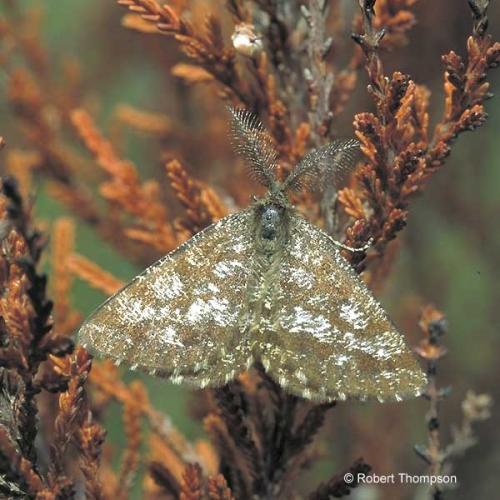
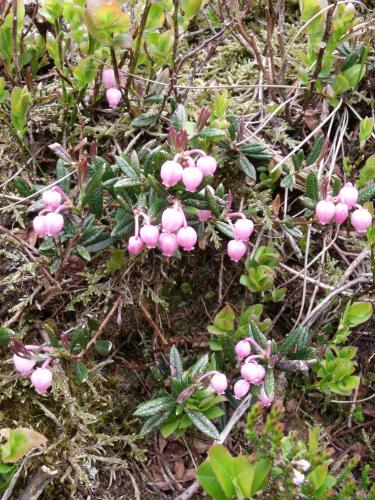
Many thanks to Jon Hickling for the production of the images and sound in the slideshow.
Upland Heath
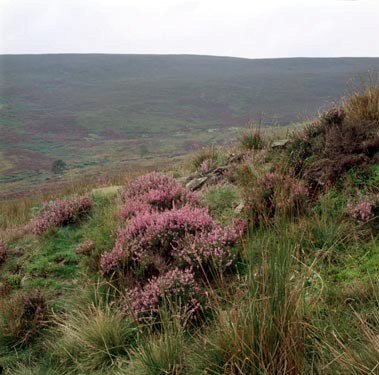 Wild and wonderfully purple in August – heather moorland or upland heath is a unique habitat within this country being largely confined to the western seaboard of Europe. With an estimated 2 million ha, the UK resource is very significant, with the majority of this being located in Scotland, and an estimated 269,000 ha in England, of which between 4-5,000 hectares are present within the Forest of Bowland.
Wild and wonderfully purple in August – heather moorland or upland heath is a unique habitat within this country being largely confined to the western seaboard of Europe. With an estimated 2 million ha, the UK resource is very significant, with the majority of this being located in Scotland, and an estimated 269,000 ha in England, of which between 4-5,000 hectares are present within the Forest of Bowland.
There have been considerable losses of upland heath in some parts of the country since the Second World War due to afforestation, heavy grazing by sheep and bad moorland burning practices. Losses have been calculated at 70% within the neighbouring county of Cumbria, and between 63% in Galloway and 25% in the Grampian Region of Scotland.
In Bowland, there has fortunately been very little loss of upland heath on the fells since 1945, except for minor losses on the moorland fringe due to the conversion of some heath land to grassland, as well as localised problems of overgrazing in the valley bottoms.
Heather dominated fells have largely been maintained over the years for grouse shooting via moorland burning practices and reduced stocking levels. Where areas of heather dominate (ie. over 50% cover) the Fells are sometimes referred to as `bla
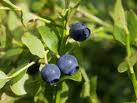
ck moor`, whilst those with less than 25% cover, including little or no heather are known as `white moor’ – such areas have largely lost their heather cover during past years due to grazing pressure and have become largely grass dominated fells.
The large expanses of upland heath habitat, which are dominated by heather and bilberry, tend to occur on well-drained soils within the valley bottoms and on the steep valley slopes of the Bowland Fells. Other areas of upland heath habitat also occur amongst rocky outcrops and boulders of sandstone and gritstone, especially on the high summits of Ward’s Stone, High Stephen’s Head and Wolfhole Crag.

Upland heath provides a habitat not only for red grouse, but also for other species of upland birds, notably breeding raptors. Breeding pairs of hen harrier are particularly important inthis respect with the Bowland Fells providing a strong hold for the species in England. Good populations of merlin and peregrine are also present. Such species require large expanses of heather dominated moorland as nesting cover and also as a feeding habitat supporting abundant ground nesting birds as prey items. Ring ouzels may be found where there are rocky crags and scattered trees, whilst emperor moths and green-hairstreak butterflies are abundant at certain times of the year. Their larvae feed on the young shoots of heather and bilberry respectively, which is encouraged by moorland burning practices.
Many thanks to Jon Hickling for the production of the images and sound in the slideshow.
Upland Oak and Mixed Ash Woodlands
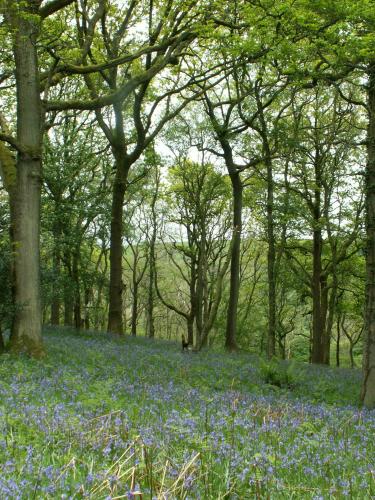 Dense broad-leaved woodlands radiate out from the central most part of the Bowland Fells like green ribbons. They cling to the steep sides of deeply incised cloughs and river valleys and provide a rich and diverse habitat for a considerable variety of wild plants, invertebrates birds and mammals.
Dense broad-leaved woodlands radiate out from the central most part of the Bowland Fells like green ribbons. They cling to the steep sides of deeply incised cloughs and river valleys and provide a rich and diverse habitat for a considerable variety of wild plants, invertebrates birds and mammals.
Such woodlands, have been around for a long period of time, since well before the 1600’s. These ancient woodlands form the remnants of a much larger area of Forest that once covered the fells and the surrounding area- the latter having cleared by man during the Mesolithic period for grazing and timber purposes. Unfortunately, only 200 hectares of upland oak and mixed ash woodland habitat are now present, a mere fraction of their former area, although many planting schemes should help to double this figure by the year 2015.
Woodland composition throughout Bowland varies according to altitude, the degree of wetness and also the underlying geology of the area. At higher levels, sessile oak and birch predominate on shallow acidic soils over sandstones and millstone grits, with transitions to more mixed oak and ash woodlands at lower levels, especially where base rich loamy soils are derived from underlying softer shales. In wetter areas, alder woodland tends to occur on flushed slopes, whilst stands of alder and willow may be found lining the margins of rivers, notably the Brock, Wyre and Calder. Woodlands in steep narrow valleys on the northern most side of the Fells provide sheltered humid conditions for a rich flora of mosses liverworts and ferns, such as Artledale.
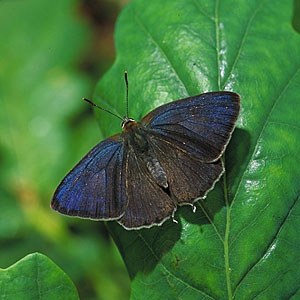
The most extensive ancient broad-leaved woodlands throughout the Forest of Bowland however occur within the valleys of the rivers Hindburn, Roeburn, Ribble and Hodder. Such woodlands are dominated by oak, ash, birch and rowan, with significant amounts of wych elm and wild cherry. These support a rich ground flora consisting of bluebell, dog’s mercury, ramsons, woodruff, enchanter’s nightshade, primrose, wood anemone, wood sorrel and broad buckler fern on direr soils, with bugle, golden saxifrage, great woodrush and pendulous sedge on flushed slopes.
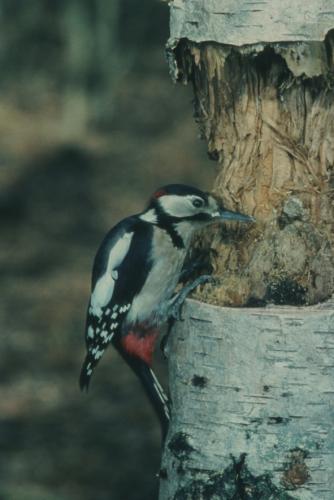
The valley woodlands also provide food, shelter and breeding places for mammals such as badger, fox and various species of bat, as well as birds including pied flycatcher, redstart, tree pipit, wood warbler, tawny owl, great spotted woodpecker, woodcock and sparrow hawk.
Many thanks to Jon Hickling for the production of the images and sound in the slideshow.
Coniferous Plantations
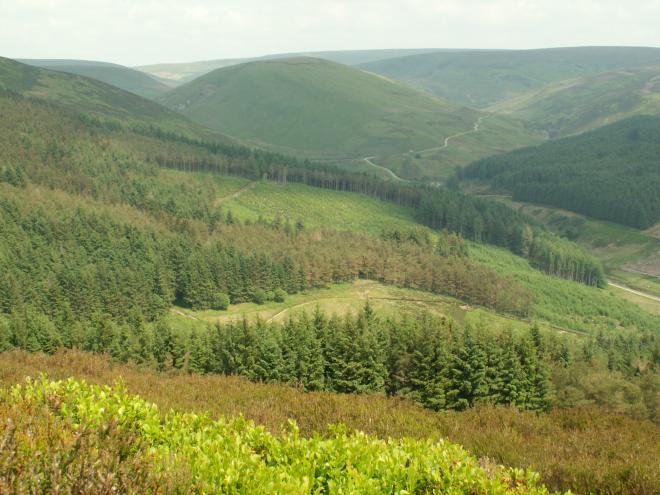 Large dark green blocks of conifers – cloak the undulating ground east of Stocks Reservoir to form Gisburn Forest, within the northeastern most part of the Forest of Bowland. This supports one of the largest areas of conifers within the county of Lancashire, whilst smaller plantations also occur on Longridge Fell, Grindleton Fell, Thrushgill on Greenbank Fell and also within the Brennand Valley, near Dunsop Bridge.
Large dark green blocks of conifers – cloak the undulating ground east of Stocks Reservoir to form Gisburn Forest, within the northeastern most part of the Forest of Bowland. This supports one of the largest areas of conifers within the county of Lancashire, whilst smaller plantations also occur on Longridge Fell, Grindleton Fell, Thrushgill on Greenbank Fell and also within the Brennand Valley, near Dunsop Bridge.
Such plantations are for the most part dominated by uniform blocks of sitka spruce, Norway spruce, European Larch and Scot’s pine, although these are now being modified and part clear felled, to be restocked with broadleaved trees in order to produce mixed plantations so as to add diversity to the landscape and also broaden their wildlife interest.
Young plantations generally have a more abundant, diverse flora and fauna than do the areas of upland grazing that they often replace. However, this is only temporary until the canopy closes. Fenced off areas, which exclude grazing to allow planted trees to develop, result in dense growths of ground vegetation. Such areas are rapidly colonised by large numbers of small mammals, such as field mice and bank voles, which in turn attract birds of prey such as kestrel, short eared owl and, if you are lucky, hen harrier also.
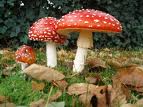
Meadow pipits and grasshopper warblers are also common within such plantations during the early stages of their development, as are birds such as willow warbler, common whitethroat and linnet, which favour areas of scrub woodland. Later on birds such as songthrush, blackbird, chaffinch, goldcrest and coal tit follow as the plantation matures into climax forest or plantation woodland, which sometimes attract rarer specialist birds of conifer trees, including both crossbill and siskin.
Because mature plantations have a dense canopy, light levels are low at ground level, except along forest tracks and rides, therefore they tend to have a sparse flora. On the other hand larch plantations, which are more open and allow much greater amounts of light to reach the woodland floor often have a ground flora dominated by creeping soft grass, wood sorrel and bluebells, as well as ferns and brambles. Such woodlands also support a great variety of woodland fungi, including the well-known red and white spotted toadstool –the fly agaric.
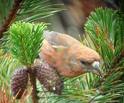
In the not too distant past, nightjars, once bred in open areas amongst bracken in young forestry plantations within Gisburn Forest and also on Longridge Fell. However, the species declined as trees within the plantations grew. However, it is hoped that these birds might return as the conifer plantations are part clear felled and restocked with mixtures of conifers and broad-leaved trees. Only time will tell!
Many thanks to Jon Hickling for the production of the images and sound in the slideshow.
Herb Rich Grasslands
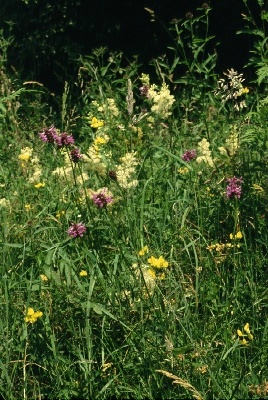 The flower rich meadows and pastures of Bowland are a riot of colour- during late June and early July where they are to be found in all their glory in a number of locations throughout Bowland, namely the limestone areas around Slaidburn and also along the river valleys of Tarnbrook, the Hindburn, Hodder and Roeburn.
The flower rich meadows and pastures of Bowland are a riot of colour- during late June and early July where they are to be found in all their glory in a number of locations throughout Bowland, namely the limestone areas around Slaidburn and also along the river valleys of Tarnbrook, the Hindburn, Hodder and Roeburn.
Such meadows have become increasingly scarce nationally, since the Second World War, with those in Lancashire being no exception. There are now less than 100 hectares left within the Forest of Bowland due to intense methods of agricultural production, involving the use of chemical fertilisers and herbicides. As such they only now only occur as a few isolated sites within certain parts of Bowland.
Where they do occur, they are composed of many wildflowers, sedges and fine leaved grasses forming stable plant communities which include northern hay meadows and limestone grasslands which have been maintained by mowing or grazing regimes under ongoing traditional management practices.
Meadows and pastures immediately adjacent to Pendle Hill and the Bowland Fells are enclosed by characteristic dry stonewalls, whilst those within river valleys and around settlements being surrounded by well maintained hedgerows of holly, hazel, blackthorn and hawthorn.
Numerous road verges throughout the Forest of Bowland are also herb rich and are just as important in providing a refuge for many species of wildflowers of meadow and calcareous grasslands that are now uncommon and have been lost from adjacent fields.
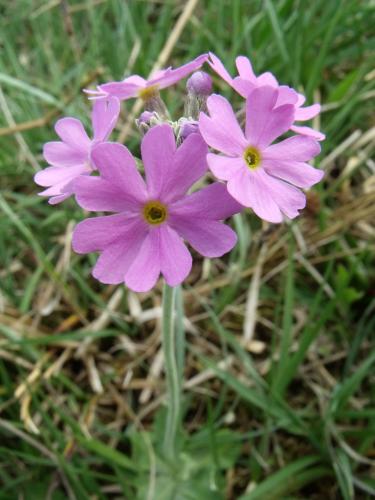
The herb rich meadows and pastures of Bowland support a wide range of fine leaved grasses and sedges together with many wildflowers such as pignut, yellow rattle, eyebright, great burnet, betony, common bistort, lady’s mantle, knapweed, common spotted orchid, twaybalde , ox-eye daisy and meadow buttercup. In wet areas rushes, ragged robin, meadow sweet, water avens and brown sedge may be found growing, whilst wild thyme rock rose, carline thistle and salad burnet are characteristic of limestone grasslands. Less common species include melancholy thistle, globeflower, saw-wort, bird’s eye primrose and adder’s tongue fern, which may be found growing in one or two locations. Such grasslands attract large numbers of butterflies, insects and wading birds, notably redshank, curlew, oystercatcher and lapwing.
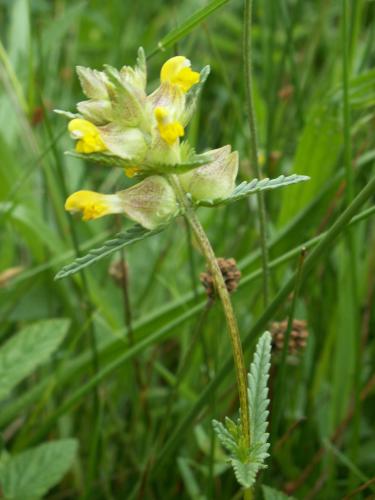
Many thanks to Jon Hickling for the production of the images and sound in the slideshow.
Rushy Pastures
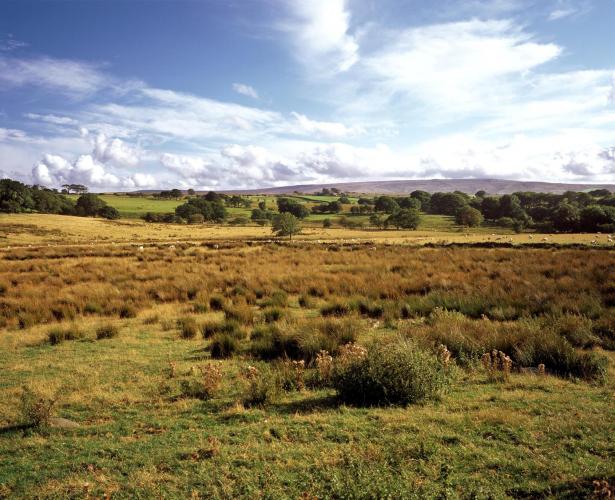 Wet rush dominated pastures on the fringe of the Bowland Fells are alive with ‘tootling’ redshank and ‘bubbling’ curlew during the spring and summer months of the year- where they find ideal nesting sites amongst tussocks of rush set amidst rough grassland swards maintained by light cattle and/or sheep grazing
Wet rush dominated pastures on the fringe of the Bowland Fells are alive with ‘tootling’ redshank and ‘bubbling’ curlew during the spring and summer months of the year- where they find ideal nesting sites amongst tussocks of rush set amidst rough grassland swards maintained by light cattle and/or sheep grazing
Here the pastures of the ‘in-bye (the farm) support soils, which are typically coarse and acid in condition, with impeded drainage. Such fields were once part of the moor, but were enclosed by dry stonewalls and converted to better grazing land during the 1800’s following drainage and the application of lime and fertilisers when times were more prosperous and there were many people working the land.
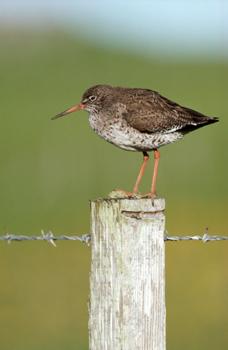
Today such fields have reverted back to species poor rush dominated pastures as field drains have lost their function. They are widespread and abundant on the lower slopes of fells throughout the Forest of Bowland, including Longridge Fell and Pendle Hill, which are now included as part of the in-bye. They are of particular importance since they support Nationally significant populations of wading birds including redshank, curlew, lapwing, snipe and oystercatcher, in addition to the occasional pair of dunlin and also short eared owls.
Species poor areas of marshy grassland dominated by purple moor grass are also widespread on thin peaty soils on the lower slopes of the moors around the Bowland Fells. Where these are flushed by calcareous water emanating from seepages and springs, fen meadow plant
Communities develop. These are akin to the ‘culm type’ grasslands more commonly associated with SW England. These are species rich and include many species of sedge, as well as marsh marigold, cuckoo flower, common marsh bedstraw, bog stitchwort, pale forget-me-not, ragged robin, marsh penny-wort, wild angelica and common spotted orchid. Occasionally saw-wort may also be found as well as blunt flowered rush, globeflower, common butterwort and bird’s eye primrose, especially in areas that have been moderately well grazed. The best examples of these occur on Robert Hall Moor and Copt Hill and within Standridge Pasture.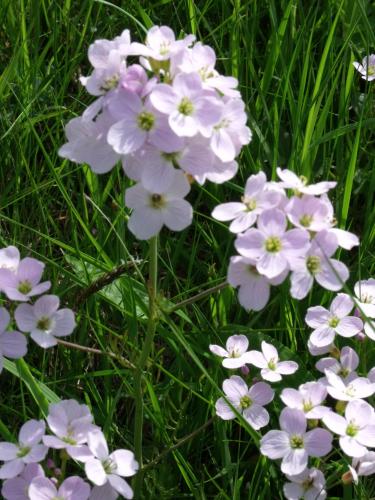
Many thanks to Jon Hickling for the production of the images and sound in the slideshow.
Rivers and Water Bodies
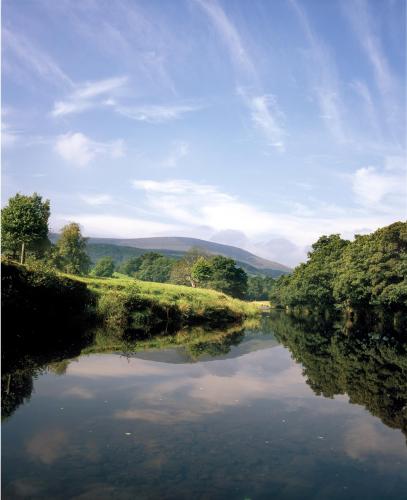 Many fast flowing, burbling, brooks and rivers flow off the Bowland Fells into the surrounding countryside like silken threads or the spokes of a wheel. The rivers Hindburn, Roeburn, Lune, Hodder, Ribble, Calder and Wyre, including their tributaries, are important in this respect and support much wildlife, as well as providing good quality water for public consumption within the industrial towns of Blackburn, Burnley and Lancaster, as does the large natural looking lake of Stocks reservoir and also several upland reservoirs at Barnacre, Barn Fold and Longridge. Such rivers and associated reservoirs make a significant contribution to the rich diversity of wildlife throughout the Forest of Bowland. In particular the upper reaches of the many fast flowing rivers support luxuriant growths of byrophytes (mosses and liverworts), especially on boulders, riverbanks and cliffs, whilst their oxygen rich waters support characteristic insects such as stonefly, blackfly mayfly and caddis fly.
Many fast flowing, burbling, brooks and rivers flow off the Bowland Fells into the surrounding countryside like silken threads or the spokes of a wheel. The rivers Hindburn, Roeburn, Lune, Hodder, Ribble, Calder and Wyre, including their tributaries, are important in this respect and support much wildlife, as well as providing good quality water for public consumption within the industrial towns of Blackburn, Burnley and Lancaster, as does the large natural looking lake of Stocks reservoir and also several upland reservoirs at Barnacre, Barn Fold and Longridge. Such rivers and associated reservoirs make a significant contribution to the rich diversity of wildlife throughout the Forest of Bowland. In particular the upper reaches of the many fast flowing rivers support luxuriant growths of byrophytes (mosses and liverworts), especially on boulders, riverbanks and cliffs, whilst their oxygen rich waters support characteristic insects such as stonefly, blackfly mayfly and caddis fly.
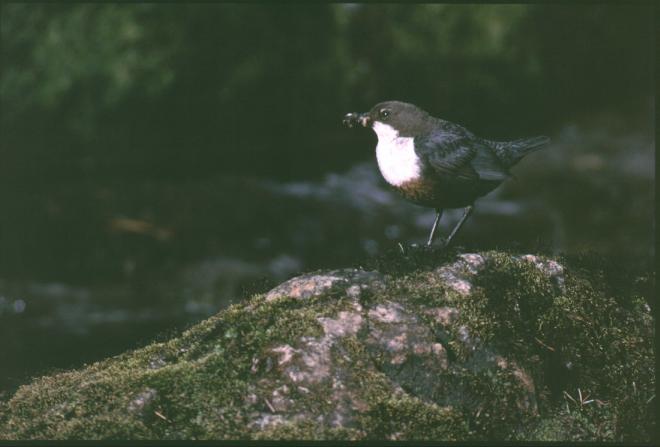
These inturn provide an important source of food for salmon brown and sea trout, in addition to bird species such as dipper, grey wagtail and common sandpiper. Otters are also found on tributaries of the rivers Lune and Ribble, whilst white clawed crayfish are found on their upper reaches. Barnacre reservoir is important as a roost site for
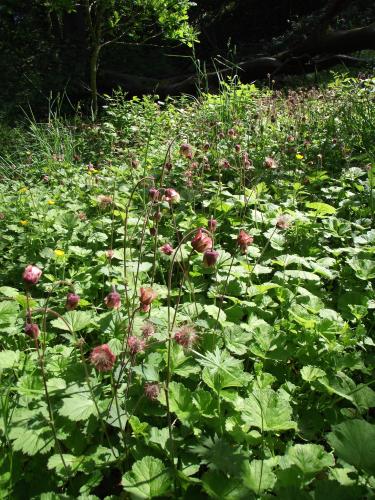
large numbers of migrating whimbrel during the spring, whilst Stocks reservoir is important for breeding and wintering wildfowl and wading birds, including goosander and tufted duck. Its draw down zone is also important for nationally scarce plants such as orange foxtail, thread rush and mudwort.
Many thanks to Jon Hickling for the production of the images and sound in the slideshow.
Nature Conservation Designations & Key Habitats
The following images highlight the nature conservation designations and key habitats taken from the Landscape Character Assessment for the Forest of Bowland.
Follow this link for a full pdf image (1616kb) Conservation Designations
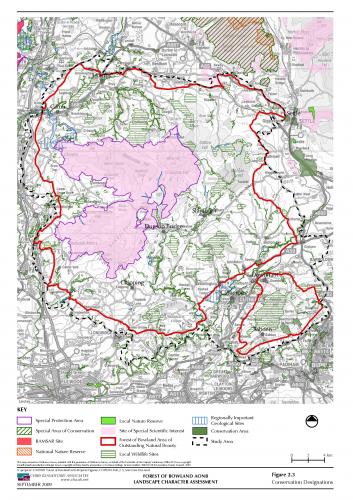
Follow this link for a full pdf image (1236kb) Key Habitats
